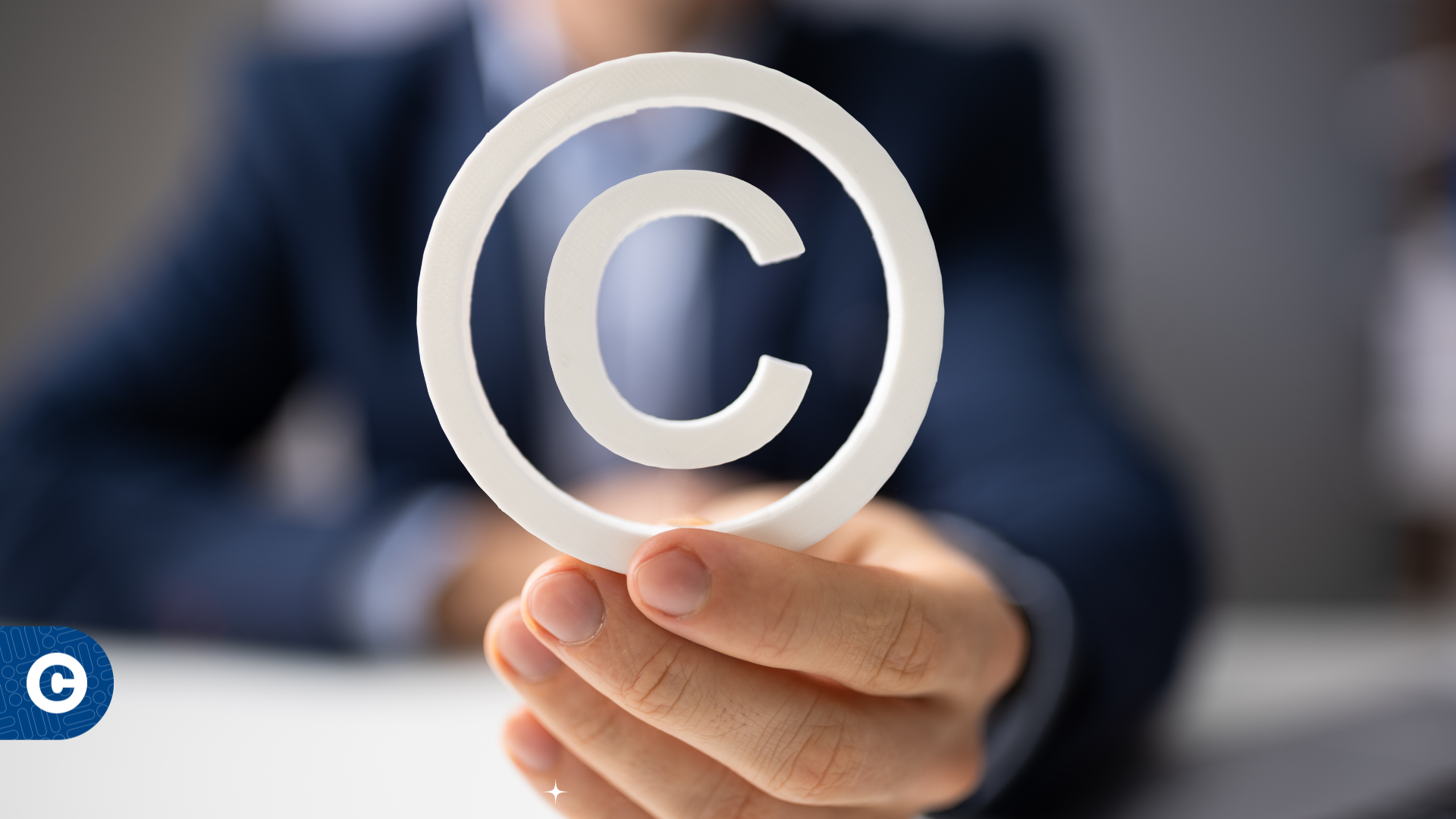In recent days you will certainly have come across some posts, TikToks or Instagram Stories from one of your contacts where your friends appeared transformed into real works of art created on the spot. Today, there are a number of programs that allow us to create these types of interesting images, like DALL-E, Stable Diffusion, Midjourney, and of course AI Art.
These programs exploit Artificial Intelligence (AI) to generate very realistic photos, portraits and drawings starting from an immense database available online. Although it is something that many have had fun with, it is also a technology that has opened up new scenarios that are still unexplored.
In fact, there are those who have raised the delicate issue of copyright: who owns the rights to images created with AI? The answer to this question is not that simple.
The Question of Copyright of Images Created with Artificial Intelligence
Create in seconds:
- Blog articles and social media posts
- High-quality professional images and graphics
- Personalized translations and product descriptions
All tailored for you—original and fast.
Artificial Intelligence algorithms (which are very useful for content creation like those of Contents.com) are destined to change many things in the future, including our relationship with art.
AI has in fact shown itself capable of creating artistic works all by itself. Today, however, the debate is still very open about what can actually be defined as a work of art—in fact, we can no longer even be sure of our definition of an artist!
The main problem is the fact that in order to generate its results, AI relies on those same artists who have provided their contribution for free in the creation of the final content. In real terms, the AI exploits its existing relationships to assemble elements from within images created by hundreds or thousands of people who have made a living from their creative efforts. This means, in simple terms, that the artists are involuntarily contributing material to the Artificial Intelligence, which will thus use the fruit of their work.
Will the authors of the original images therefore have to receive compensation for the products of Artificial Intelligence? At the moment, nobody knows. It is a completely new situation compared to the past!
A New Scenario
For example, nothing is stopping an artist who has “recognised” their artwork in a piece created with Artificial Intelligence if they want to sue the platform that generated it for copyright infringement. It is a possible scenario, but with unpredictable consequences: it is not known what the decision of a judge could be in the absence of precedents for the processing of the case.
In any event, we are still in an experimental phase, not to mention that with the increase in the use of Artificial Intelligence by companies, relevant regulations will also develop. There is no precise legislation in this regard, but it is safe to bet that the situation will change dramatically over the next few years. By the way, if you are looking for some tips on creating content and images with the integration of Artificial Intelligence and human creativity, Contents.com is the right platform for you! Discover more about this platform by activating your free 7-day trial!
